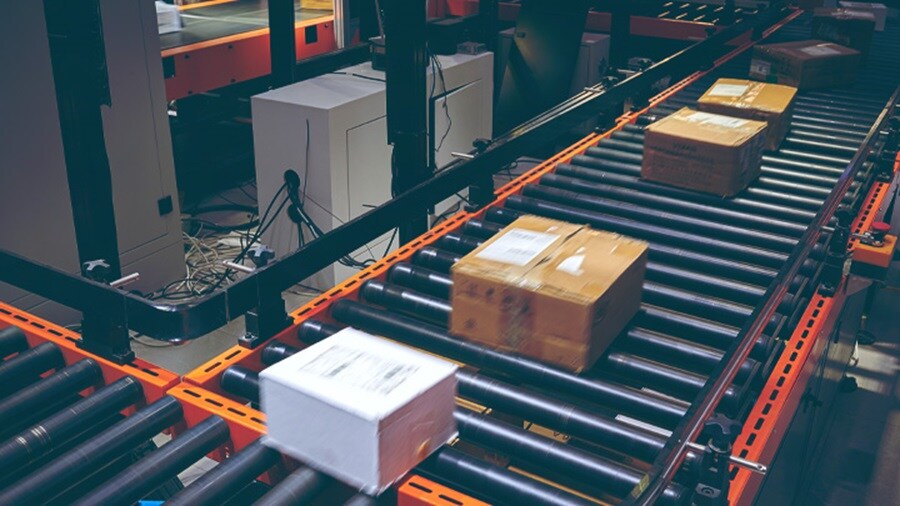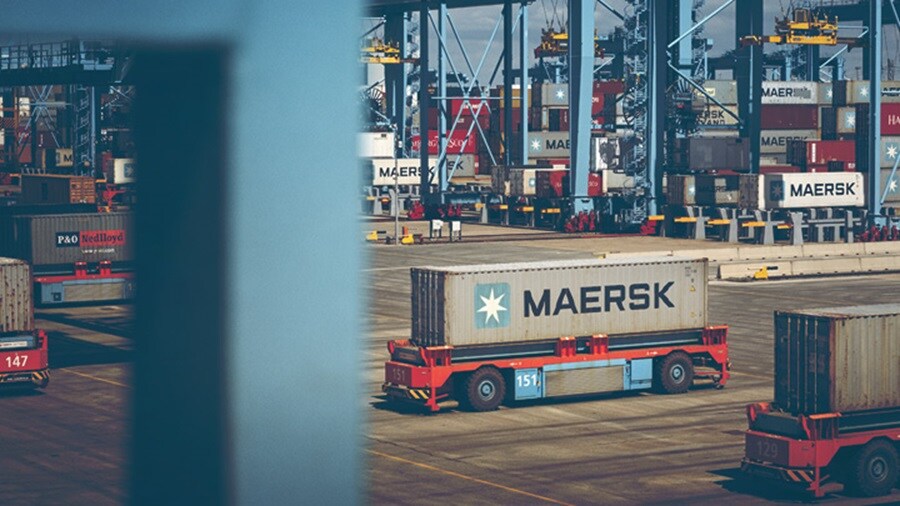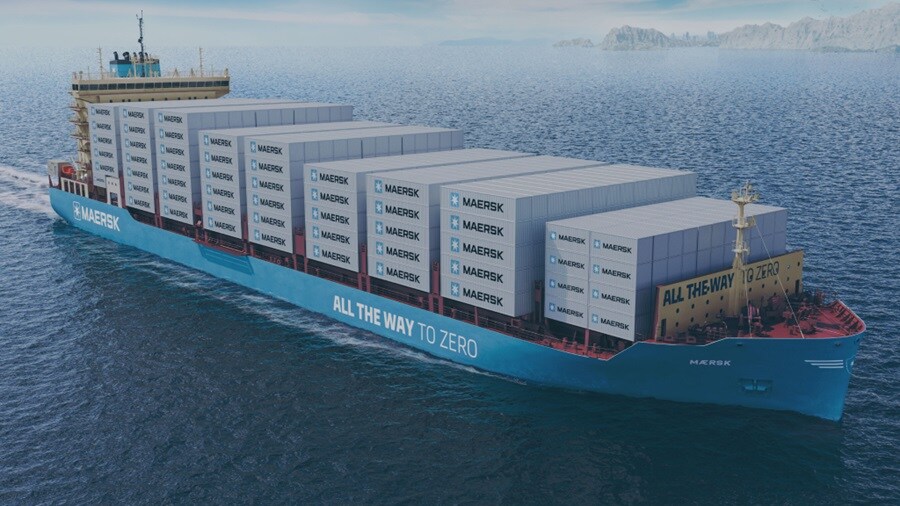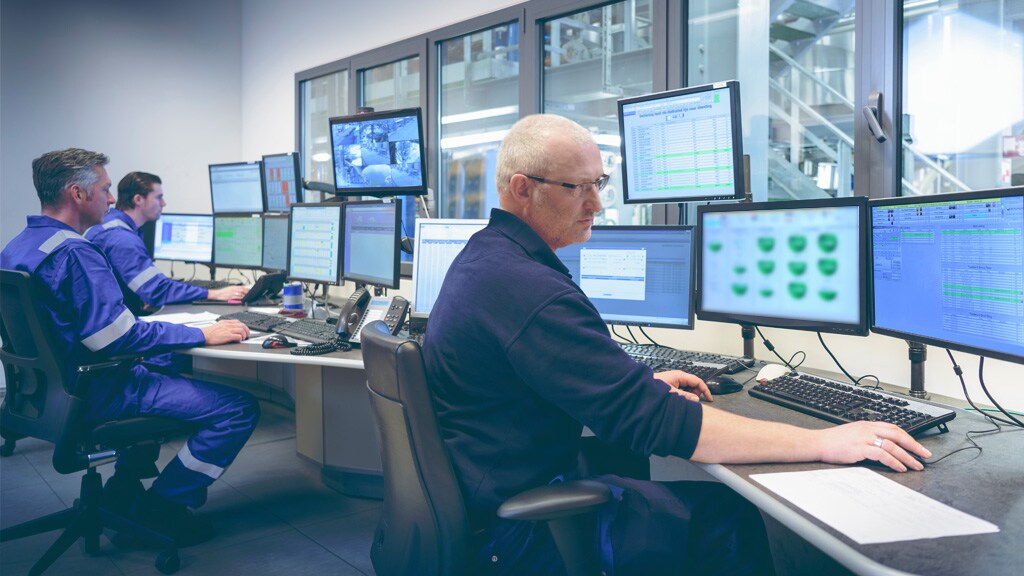In recent years, tech supply chains around the world have been hit with unprecedented disruption: from lockdowns, congested ports and the Ukraine war, to sustainability goals, flexibility requirements and mitigating risks. These have led to a major move to rebalance and restrategise supply chains to bring them closer to home.
To understand the why, what and how of this change further, we partnered with Reuters to conduct a global research, with a European deep-dive focus, into the state of near-sourcing, nearshoring and reshoring in a post-pandemic world. The report surveyed 368 logistics, supply chain and transport professionals to understand how sourcing and production are changing to fit these more unstable times, as well as a shifting global labour force and consumer base.
This article will look at five key takeaways from the report.

1. Delays are the biggest driver of change
67% of global retailers and manufacturers said that global disruptions have changed where they source materials and components from. These disruptions, and the associated delays, are central to changing attitudes and shoring strategies.
The report further highlighted the most common delays are raw materials (70%), shipping (68%) and components or finished goods (63%). As a result, emphasis is shifting from cost-cutting and towards lowering risk and shortening supply chains to increase speed and flexibility.

2. The death of low cost at all costs
Focus is no longer low cost at all costs, but a more nuanced search for reliability, proximity and the right skills mix. This shift is set to drive the next phase of global manufacturing and logistics in the automated age.
In fact, the research concluded that when looking at primary reasons for changing sourcing strategies among retailers and manufacturers, reducing cost of transit sits at a low seventh place, only 38%.
Cost is taking a backseat and greater importance is now placed on flexibility, reliability, proximity, visibility and sustainability.

3. New manufacturing superpowers are emerging
Nearshoring makes sense in theory, but it comes with its own challenges. You need to find strategically central locations that have the right labour force, a relatively stable geopolitical environment, good infrastructure and proximity to markets to ensure the change in strategy pays dividends.
Finding the sweet spot between these imperatives has led to a rebalancing of manufacturing power.
Globally, the study finds Vietnam and India as the biggest winners from shifts in sourcing, with both locations having 21% of respondents choosing them as one of three potential non-ranked country choices they could make — these countries are experiencing strong growth in the electronics, automotive, industrial machinery and textiles verticals and look set to continue to be highly competitive sourcing locations in these sectors.
In Europe, the study finds two clear winners: Germany and Poland. These were chosen as attractive destinations by 23% and 19% of European-based respondents, respectfully. This was primarily due to having the right mix of skill sets, living wage and capability, as well as a significant amount of investment going into the region.

4. Labour is key
A new dynamic is growing, where labour and the right mix of skill sets are increasingly sought after, as the trend of onshoring and nearshoring grows.
With more than a third of those looking at new manufacturing locations encountering a deficit of expert labour, it’s clear that a premium on skills is developing. This makes labour force capacity and educational levels critical decision-making factors when developing new sourcing strategies.

5. Change isn’t simple
As with any large-scale overhaul in supply chain strategy, there are several hurdles to overcome in the quest for sourcing and production changes, rendering the process a gradual one. Chief among these is the search for a reliable partnership which 66.3% of those surveyed said was the biggest barrier to changing their sourcing strategy.
Further notable challenges include cost implications (47%), difficulty in reducing existing partnerships (28.9%) and supply chains and stakeholder resistance (25.3%).
无论您需要什么,我们都可以随时为您提供帮助
I agree to receive logistics related news and marketing updates by email, phone, messaging services (e.g. WhatsApp) and other digital platforms, including but not limited to social media (e.g., LinkedIn) from A. P. Moller-Maersk and its affiliated companies (see latest company overview). I understand that I can opt out of such Maersk communications at any time by clicking the unsubscribe link. To see how we use your personal data, please read our Privacy Notification.
By completing this form, you confirm that you agree to the use of your personal data by Maersk as described in our Privacy Notification.
